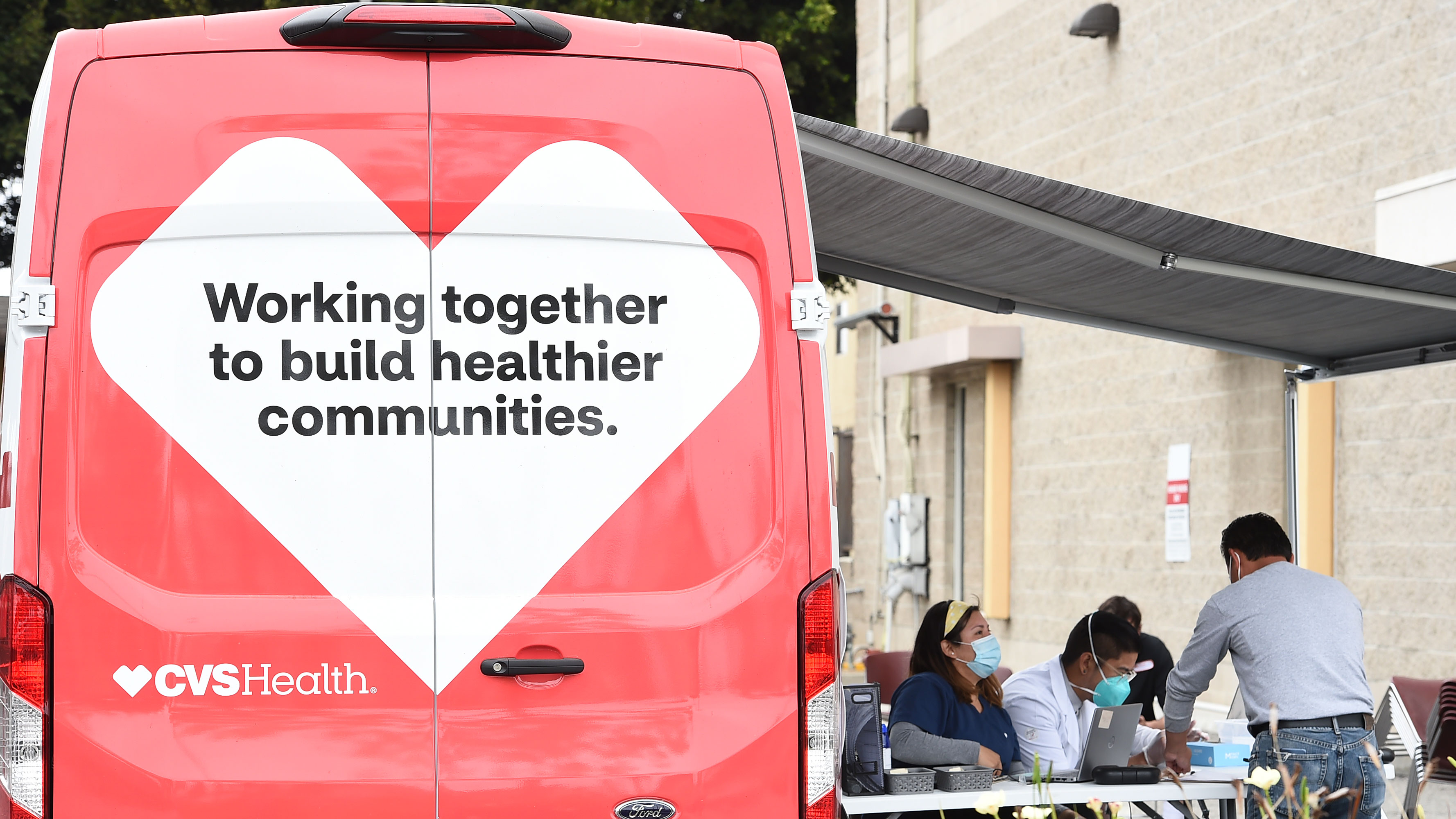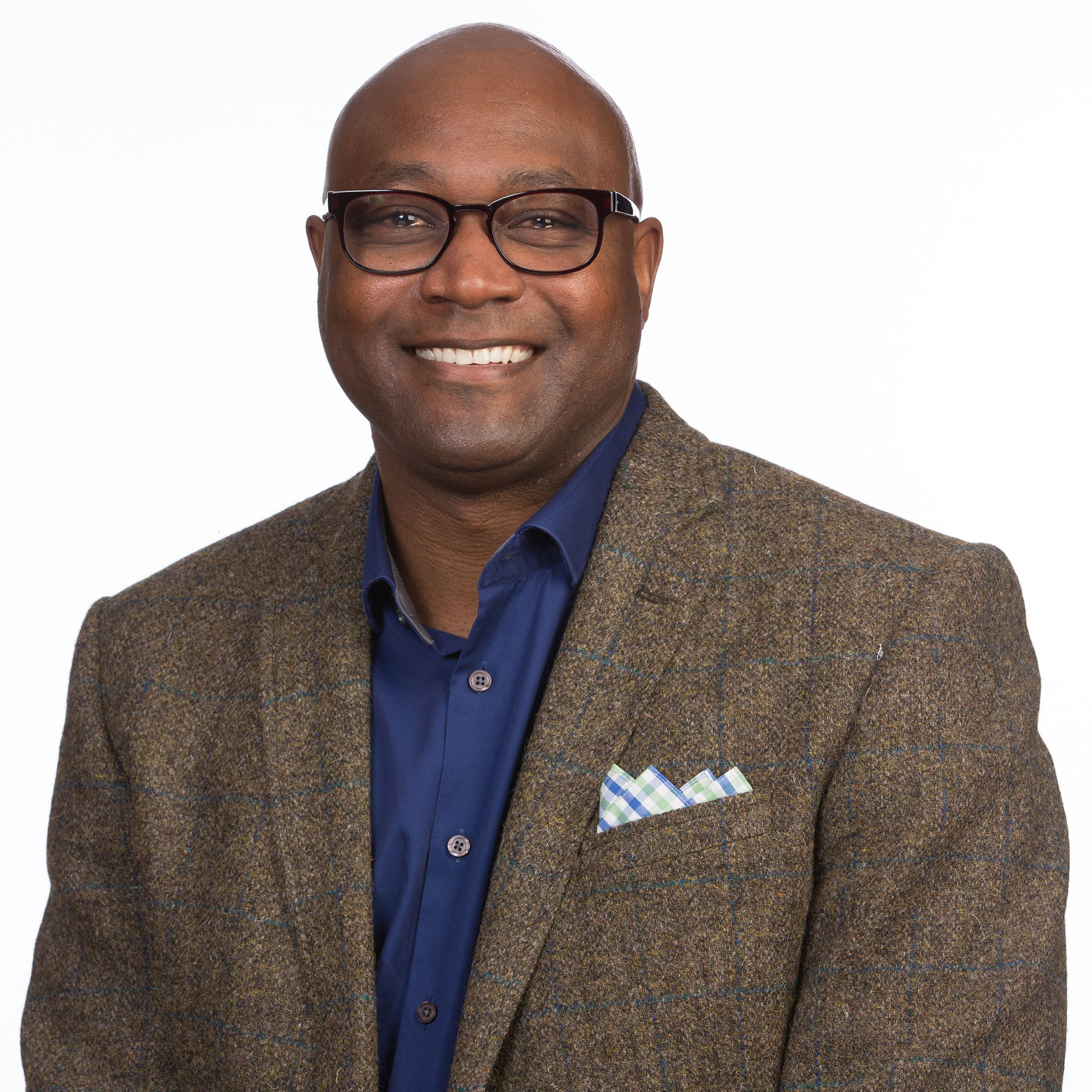Brenda Murphy, 81, who lives in one of Baltimore’s poorest ZIP codes, was never really hesitant to be vaccinated against COVID-19. “People around me kept getting sick and it wasn’t getting better. And I am not ready to go,” she says.
But Brenda lacked access to a local vaccination site. In underserved communities, vaccine barriers can include a lack of transportation, time-off work, education, a digital divide and historical mistrust in the health care system.
During the pandemic, the country’s most vulnerable neighborhoods — which include high proportions of communities of color — had higher rates of COVID-19 sicknesses and deaths.
A recent study shows the communities hit hardest by the virus also lack access to lifesaving vaccines.


